People living on busy streets don’t just have to grit their teeth and live with constant loud noises anymore, thanks to modern soundproofing options like acoustic glass and heritage double glazing that can be fitted into existing frames of original sash windows.
Whether it’s cars, planes, trains, or noisy people on the street, unwanted outside noise can be a nuisance when trying to sleep, work, or simply have a relaxing time indoors.
For those looking to reduce noise pollution, here is everything you need to know about acoustic glass and its alternatives.
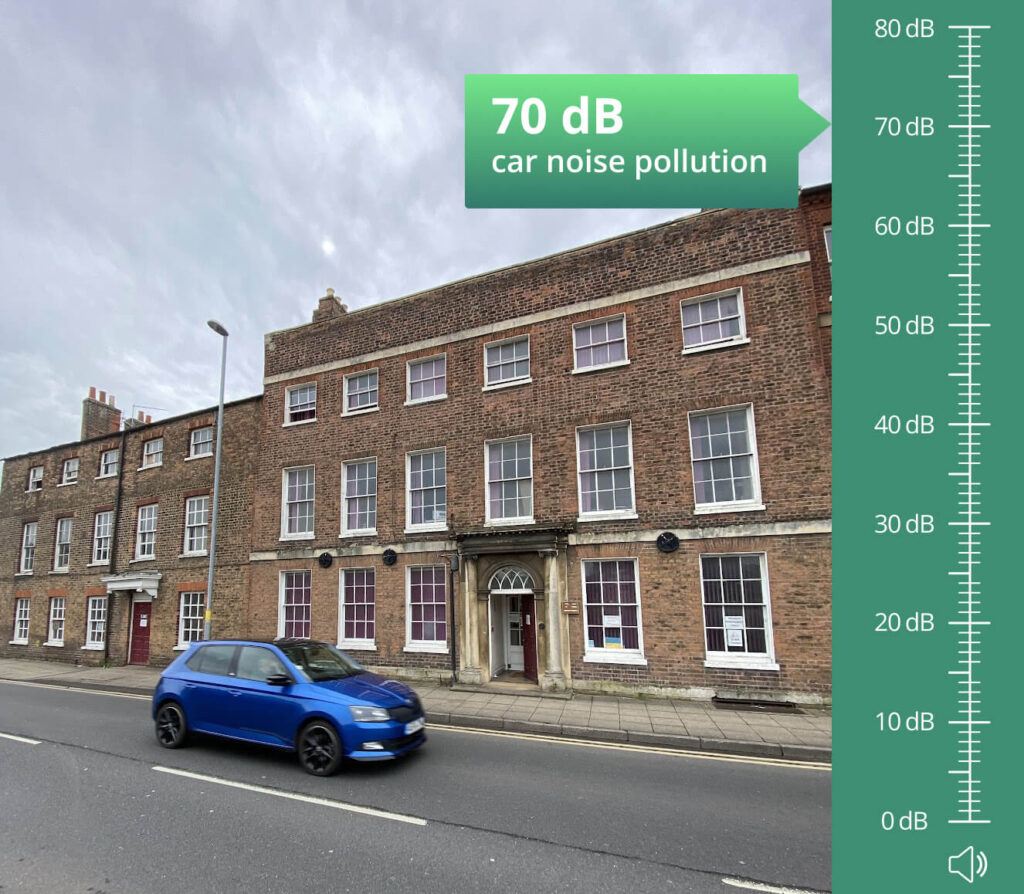
Acoustic glass generally consists of two panes of laminated glass that have a bonded internal layer between them that absorbs sounds and vibrations, ensuring that as little noise passes through the window as possible. Acoustic glass can consist of more sheets of glass and bonded internal layers if desired, making it even tougher for sound to pass through – especially when combined with a frame that has high-quality seals to prevent sound leakage.
As the name suggests, acoustic glass is designed to improve the acoustic levels inside of a home by reducing noise pollution, making properties nice to live and sleep in.
Loud, unwanted noise can have a surprisingly large impact on a person’s health, with high blood pressure, heart disease, sleep disturbances, and stress all being issues that can arise from noise pollution. Unfortunately, unwanted noise is also harmful to children and can cause impairments in their memory, attention level, and reading skills.
Noise reduction is the standout feature of acoustic glass, though it’s not the only benefit of the modern glass solution. Acoustic glass also has great thermal properties compared to regular single glazing, which is great for keeping energy bills down as the thick glass retains plenty of heat – keeping properties nice and warm.
Furthermore, the glass’s thickness makes it tough to crack or smash, making it difficult for burglars to break-in.
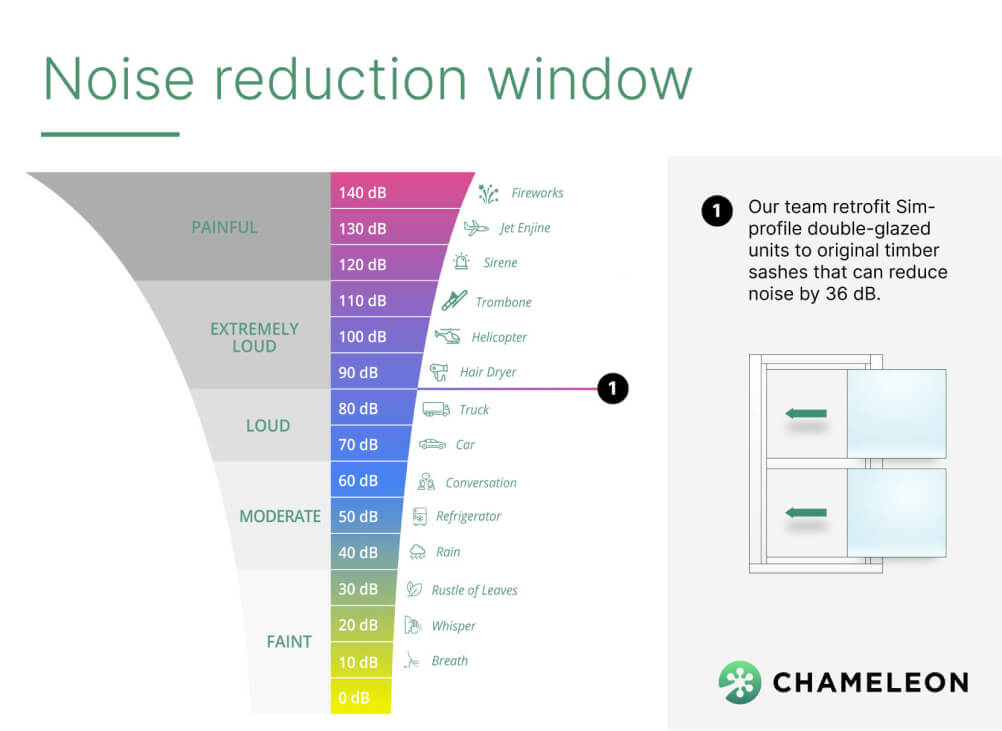
Acoustic glass is predominantly found in areas with a lot of outside noise, such as buildings next to an airport, beside the main road, or in a city centre. There are strict building regulation guidelines about soundproofing, so the acoustic glass is sometimes an essential installation in such areas.
Although the aforementioned areas are where acoustic glass is most common, some homeowners on quiet streets choose to install acoustic glass, as it can provide complete peace and quiet in some cases.
Although double glazing and acoustic glass both tend to have two panes, acoustic glass differentiates itself by having thicker, laminated glass and a bonded internal layer that absorbs a ton of sound. The thickness of the glass – or any material – is a key factor in how effectively it reduces noise, which is why walls and internal partitions on roofs reduce far more noise than windows and doors.
Although double-glazing isn’t as effective at sound reduction as acoustic glazing or triple glazing, it is considerably better than single-glazing.
Acoustic glass is available in a broad range of thicknesses, though generally speaking, it is usually 6.5-12.8mm thick. It is possible to get even thicker glass than this, although the thicker it is, the heavier it is.
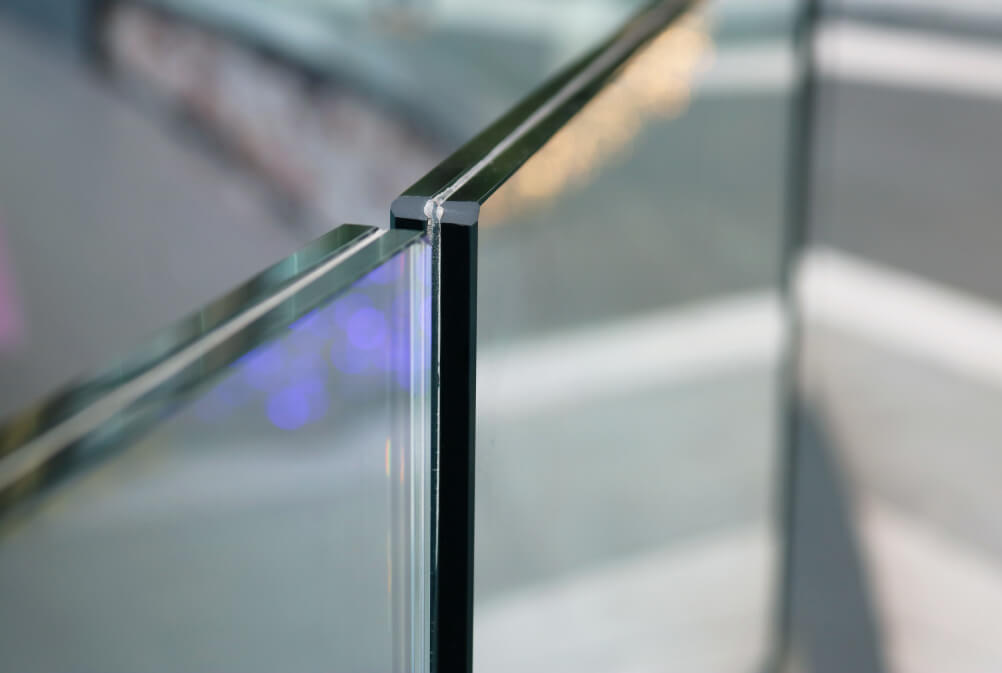
Ultra-thick glass is great for reducing sound, though it is expensive, and most standard window frames won’t be compatible with it, meaning more expense on a suitable window frame. Ultra-thick glass can also significantly reduce how much light penetrates the glass into a room, which is unfortunate as most people like having plenty of natural light in their living areas.
Reducing noise pollution is an important factor when deciding which glazing option to go with, though acoustic glass isn’t always the right way to go, despite it reducing noise intrusion by up to 50dB (decibels). For context, whispering is around 20dB, normal talking levels are around 60db, heavy traffic is 80dB, and a car horn is 110dB.
Here are the noise reduction and sound insulation qualities of other glazing options:
To put it bluntly, single-glazing is bad at keeping out all types of noise. This is because it only consists of a single pane of glass, which is often thin, making it easy for sound to pass through.
Single-glazing offers around 25db of noise reduction.
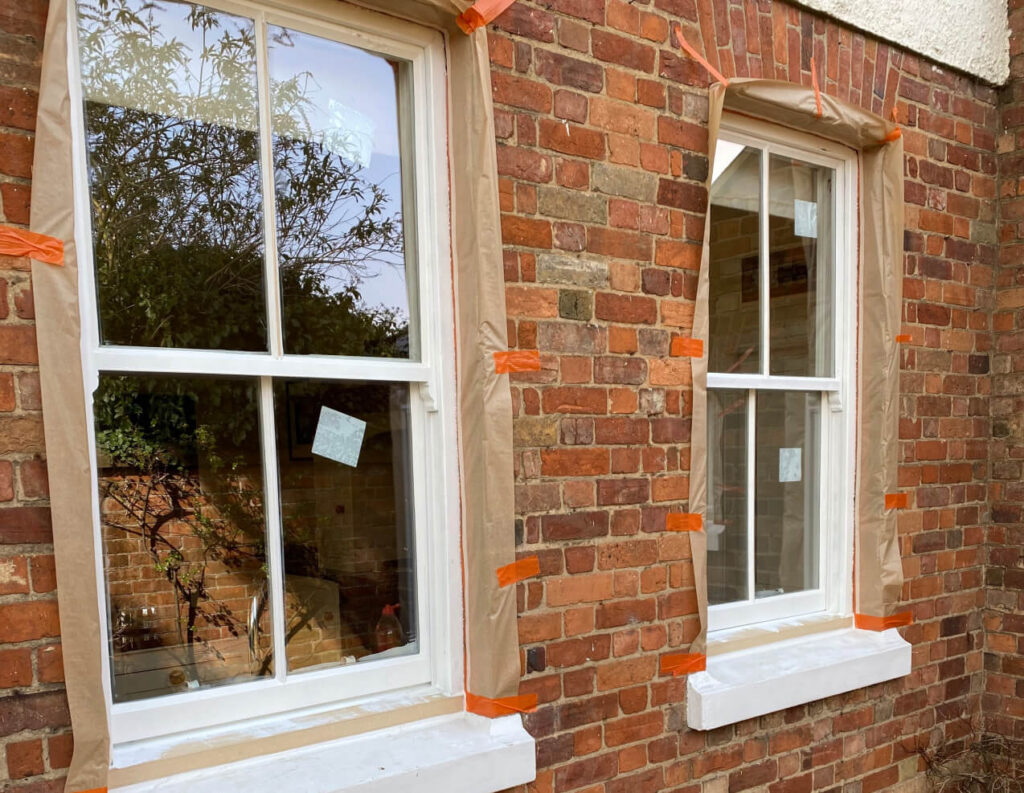
As the name suggests, secondary glazing is a second layer of glass that is installed behind a pre-existing single-glazed window. Secondary glazing is a cost-effective way of obtaining some of the benefits of double-glazing, such as energy efficiency and improved EPC rating, better security, and better acoustic performance. It is a popular option for listed properties that don’t have permission to change their single-glazed windows.
The combination of secondary glazing and single glazing offers a great defensive barrier against unwanted noise intrusion, to the point that it can reduce environmental noise by 31 – 51 dB.
Double-glazing essentially involves sandwiching two glass panes together, with an insulating layer of gas sitting in-between.

Krypton is a great choice of gas for those looking to keep noise levels as low as possible, as it’s denser than other common types, so the sound has a hard time passing through. Standard double glazing with Krypton gas will reduce sound levels by around 30dB.
Vacuum double-glazing is a modern alternative to standard double-glazing. Instead of filling the air between panes with gas, vacuum double glazing simply removes the air to create a vacuum.
This makes for an incredibly thin style of double-glazing that is highly energy-efficient and looks discrete, making it a popular choice for listed properties as it doesn’t harm their historic charm. It’s also a popular choice for retrofitting sash windows, as it is thin and light enough to slot into Georgian and Victorian sash frames that were designed for single-glazing.
Despite how thin vacuum double glazing is, the state-of-the-art FINEO glass reduces unwanted noise by around 35dB.
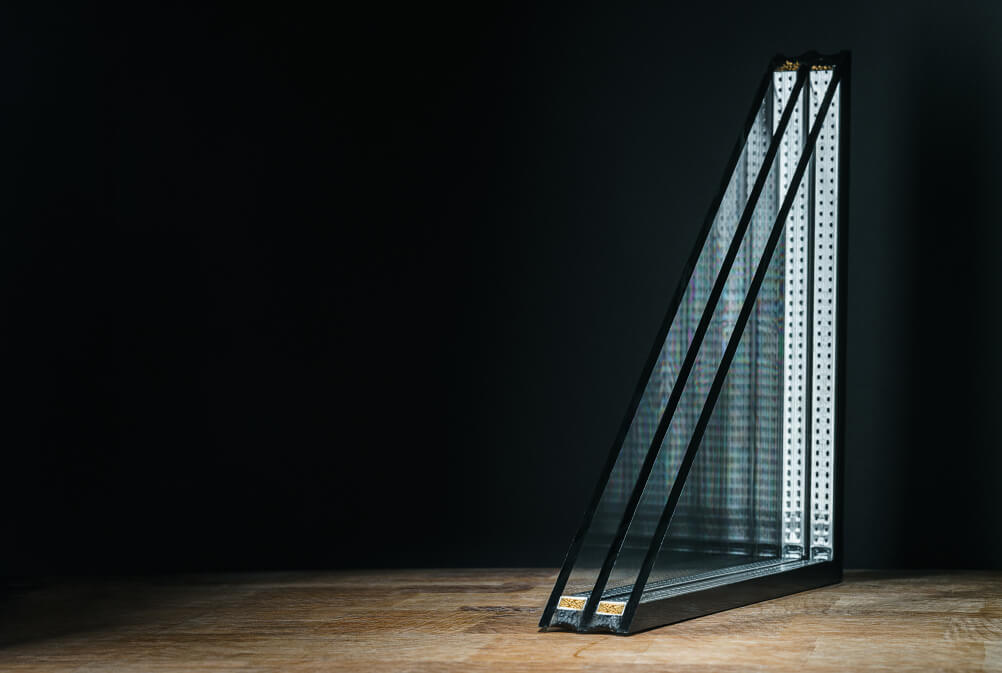
Triple glazing lives up to its name by consisting of three panes of glass. Unsurprisingly, this amount of glass sandwiched together provides a solid barrier against unwanted sounds. Like vacuum double glazing, it reduces external noise by around 35dB.
It is possible to install acoustic glass in sash window frames, though it is important to get professional help because, as mentioned before, Georgian and Victorian sash windows were solely designed for single-glazing. As such, many types of glass aren’t compatible with sash windows, as they’re either too thick to slot into the sash or too heavy for the mechanisms to function as normal.
Although it’s always worth asking, it’s unlikely that permission will be granted for acoustic glass to be installed in Grade 2 listed property due to how thick it is.
This is why vacuum double-glazing is a popular choice among those in listed buildings, as it’s thin and discrete enough to ensure that a property doesn’t lose its historic elegance. Permission is still required for installing vacuum double-glazing, though it’s more likely to be granted than acoustic glazing.
Acoustic glass and vacuum double glazing both have great thermal efficiency. They are both excellent at keeping in warm air, which is ideal for keeping the property warm during the winter months and ensuring that energy bills don’t get too high — something that is currently on the minds of many.
A good way to compare the thermal properties of acoustic glass and vacuum double glazing is to compare their U-values. A U-value indicates how long it takes for heat to pass through a material, with lower values being better.
Acoustic glass’ U-value is around 1.2W/m²K, while vacuum double glazing’s U-value is 0.7m²K, which is comparable to triple glazing.
The world has consistently become noisier over the decades, with more cars, planes, and people providing background noise that can feel impossible to avoid. As mentioned before, this noise isn’t just annoying; it can also cause health issues and harm a child’s development. Because of this, it is important to reduce the levels of noise outside to ensure a better quality of life.
However, although acoustic glass is designed to tackle this issue, it isn’t necessarily the best option. Acoustic glass is expensive, heavy, and often changes a home’s appearance in a way that some homeowners won’t like.
Vacuum double glazing is a great option as it provides excellent levels of noise reduction while being thin and discreet. Moreover, it is possible to retrofit vacuum double glazing into a pre-existing window unit, making it a cost-effective option.
For those currently trying to decide what type of glass is best for them, it’s always worth speaking to an expert about your specific needs.